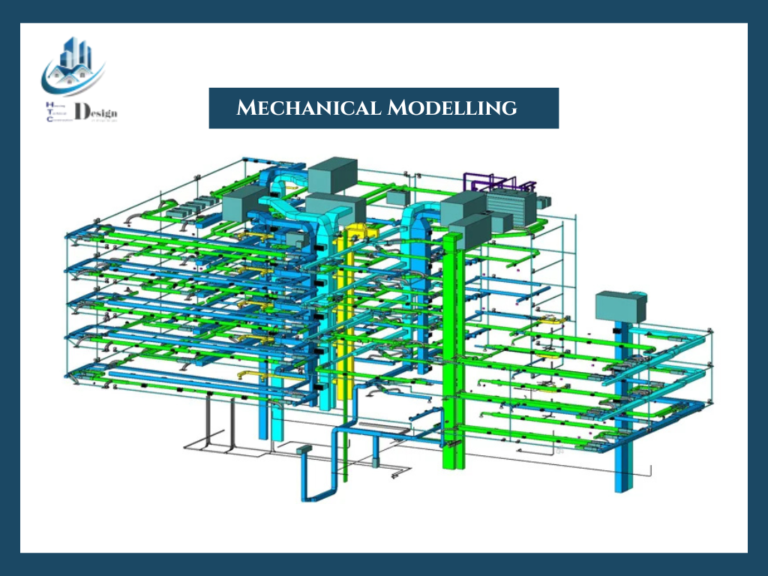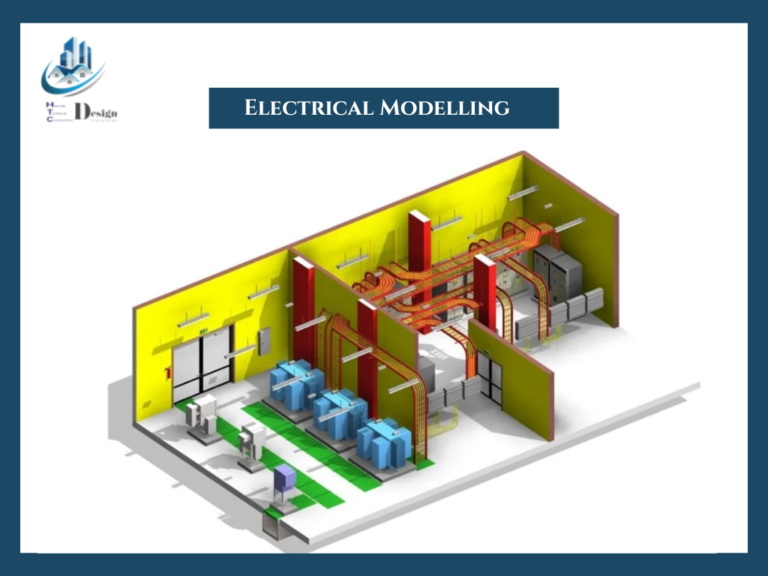Introduction
In today’s rapidly evolving construction industry, Building Information Modeling (BIM) has emerged as a revolutionary tool, transforming how projects are planned, designed, and executed. Among its most impactful applications is BIM for MEP (Mechanical, Electrical, and Plumbing) systems. Referred to as BIM MEP, this integration is not just a trend—it’s a game changer.
What is BIM MEP?
BIM MEP refers to the use of 3D modeling and digital design techniques to efficiently plan, coordinate and manage the Meep system within a building. Traditionally, MEP services were developed in 2D, which often caused clashes, disabled and cost overran. With BIM, stakeholders can imagine and collaborate on the MEP system in a shared digital environment, reduce errors and increase productivity.

Importance of MEP Systems in Construction
The MEP system is the backbone of any building.
They handle:
Mechanical: heating, ventilation, and air conditioning (HVAC)
Electrical: Power supply, lighting, communication system
Plumbing: water supply, drainage and fire security Even mild errors in MEP layout can result in severe failures.
Where BIM MEP coordination is placed accurately each component and plays an important role by ensuring conflict-free.

Key Benefits of BIM MEP in the Construction Industry
1. Enhanced Coordination and Clash Detection
One of the most important benefits of bim MEP is the ability to detect and solve clashes during the design phase. This is avoided conflicts on the site between various systems-as electrical ducts with HVAC piping are colliding-which otherwise can cause delay in the project. Using a clash detection tool in BIM software (such as autoodecas Revit or NevisWrots), construction can address professional issues, before they become problems with expensive fields.
2. Accurate Cost Estimation and Budget Management
With the exact 3D model of MEP components, volume take-off and cost estimate become much more accurate. BIM allows for real -time updates, helps contractors and project managers to maintain budget control and avoid unexpected expenses. It is particularly beneficial in mass construction projects, where MEP systems may be responsible for a significant part of the overall cost.
3. Time-Saving Through Prefabrication
BIM MEP provides an exact dimensions and layouts facilitates off-site pretense of components. With detailed design data, manufacturers can produce HVAC ducts, plumbing systems and electrical panels in a controlled environment, reduce labor time on the site and increase the speed of construction.
4. Improved Facility Management and Maintenance
Beyond the construction, BIM MEP supports feature management. Digital models include all MEP details, making it easier to manage maintenance programs, system upgrades and repair throughout the building cycle. The convenience manager can use bim data to track the age, warranty information and repair history, improve the performance of the property.
5. Sustainable Building Design
BIM equipment also promotes green building practices by imitating energy performance and identifying energy-saving opportunities. By quickly adapting the MEP system in the design phase, construction teams can reduce carbon emissions, low energy consumption, and fulfill the Leed certificate or other green standards.
How BIM MEP is Revolutionizing Project Delivery
Using BIM in MEP engineering supports an associated work environment known as an integrated project delivery (IPD). In IPD, all stakeholders – Architects, Engineers, including MEP contractors and customers – work together from the beginning. This initial cooperation ensures better communication, low errors and rapid decision making. With BIM MEP, the project delivery becomes more streamlined, reduces construction waste, improves scheduling, and increases overall efficiency.
Challenges in Adopting BIM MEP
Despite its many advantages, the implementation of Bim MEP also comes with some challenges:
Initial investment in software and training
New for engineers and technicians to learn new to bim equipment
Data Interoperability among various software platforms
A collaborative culture is required among the project stakeholders
However, long -term benefits are away from initial costs. Companies investing in BIM MEP are positioning themselves for future competitive leads in future.
BIM MEP and the Future of Smart Construction
As soon as the construction moves towards smart buildings and IOT-enabled infrastructure, the role of BIM MEP will become even more important. BIM can integrate with smart sensors, automated HVAC systems and energy monitoring devices, which can lead to real -time control and analytics possible. It gives groundwork for smart cities, where the infrastructure is connected and adaptive.
In addition, technologies like Artificial Intelligence (AI) and Machine Learning (ML) are now being combined with BIMs to predict maintenance needs, adapt energy use and analyze the performance of building construction, carry digital construction to the next level
Conclusion
BIM MEP is actually a game changer for the construction industry. From early design coordination to long -term convenience management, its effect is transformational. With increasing demands for cost-effective, durable and high-demonstration buildings, BIM MEP has become not only a tool, but a requirement. BIM MEP -embrace firms are not only reducing errors and increasing cooperation – they are also shaping the future of construction.
We at HTC design limited collaborate with engineering and architectural consultancies to transform projects into successful outcomes through our specialized expertise in BIM MEP solutions.

